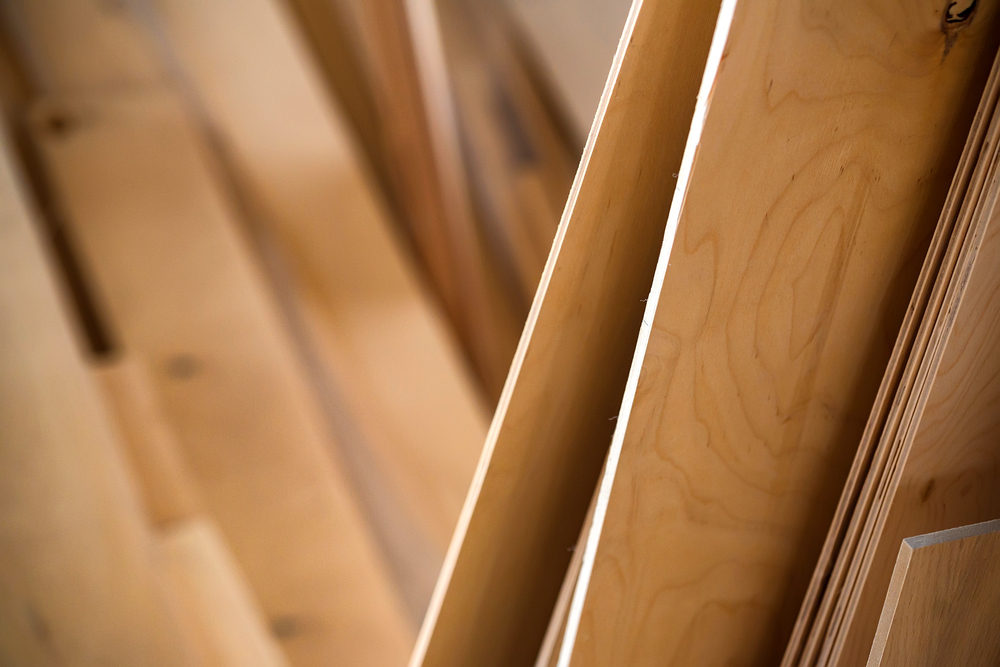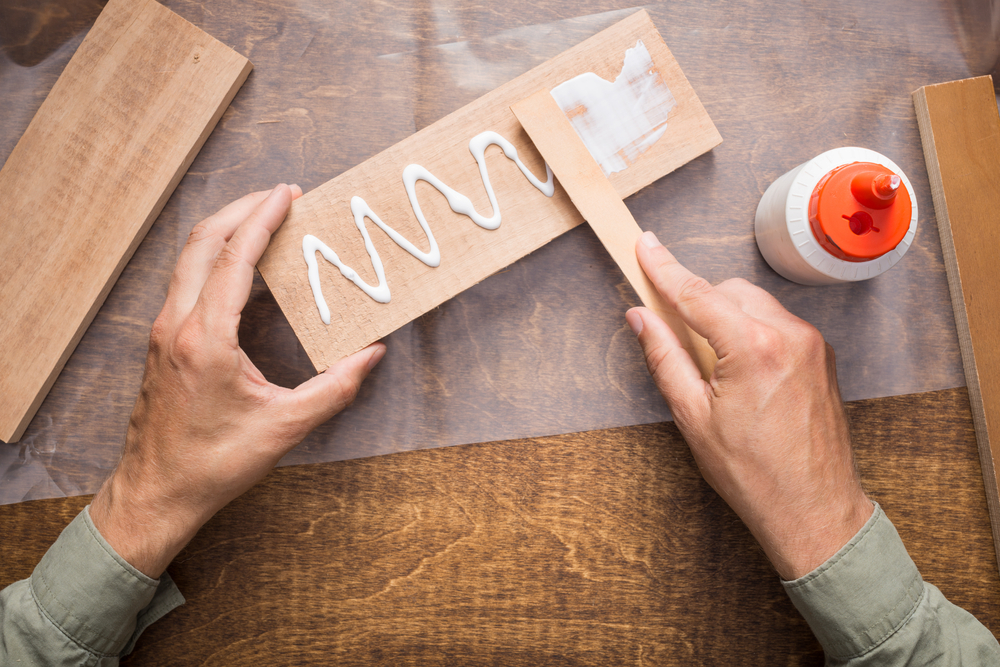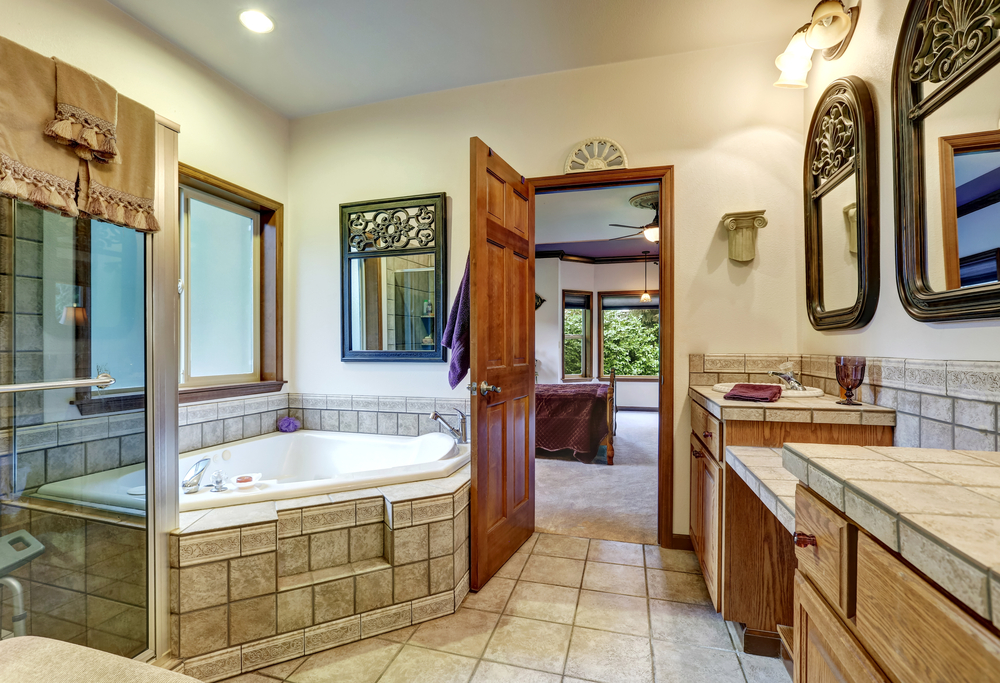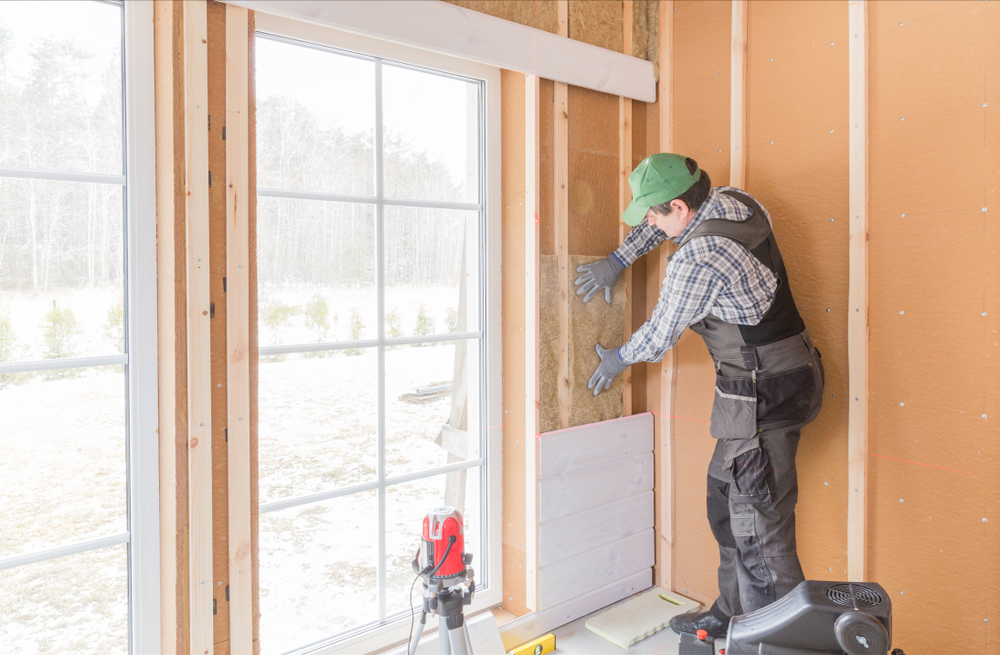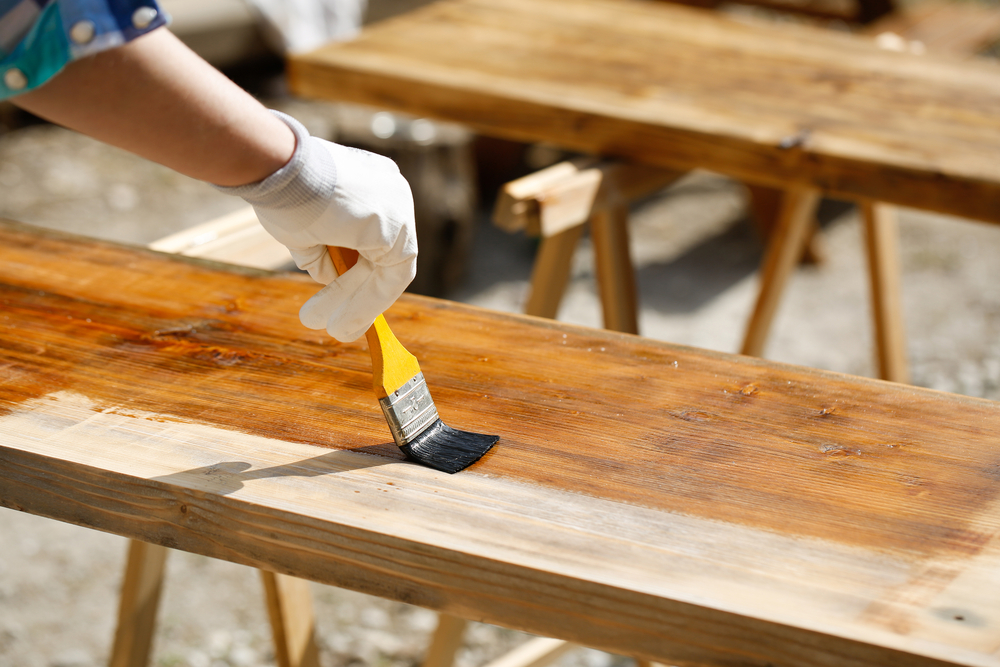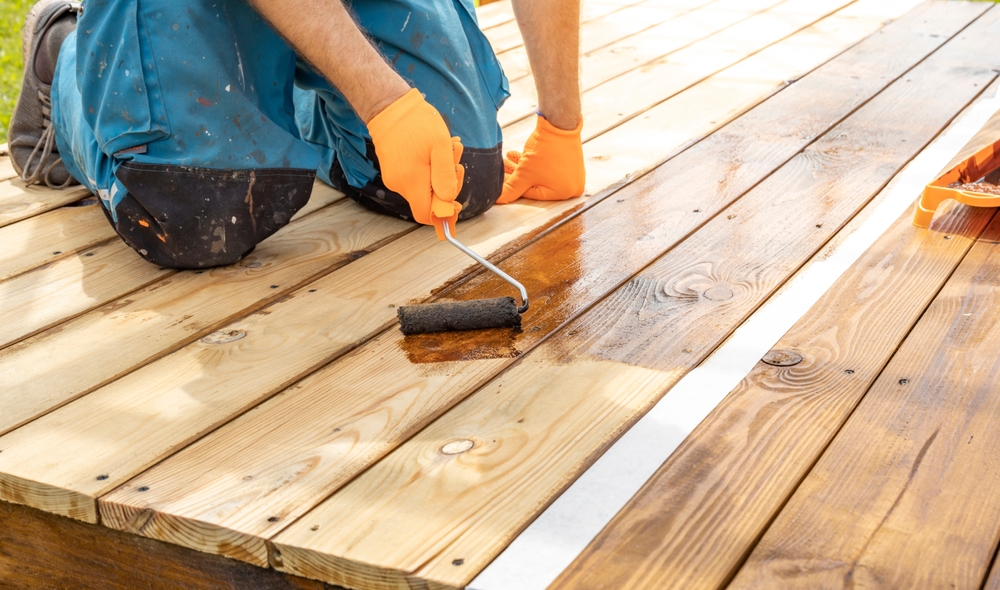Architectural Terracotta: A Primer
History of Architectural Terracotta
Terracotta, meaning baked earth in Italian, has been used for thousands of years in architecture. Ancient cultures such as the Greeks, Romans, and Chinese admired this material for its durability and versatility. They used terracotta in various forms including bricks, tiles, and intricate sculptures. During the 19th century, its popularity surged in Europe and America, notably during the Victorian and Beaux-Arts periods. Terracotta allowed architects to create decorative facades that were both functional and visually appealing.
Production Process
Terracotta is made from natural clay that is molded and fired at high temperatures. The production process involves several steps. First, the clay is extracted and refined to remove impurities. Next, it is mixed with water to create a pliable material. This mixture is then shaped using molds or by hand. After drying adequately to remove excess moisture, the formed clay is fired in a kiln at temperatures ranging from 1,000 to 1,200 degrees Celsius. This firing process hardens the terracotta and gives it its characteristic red, brown, or orange hue.
Types of Architectural Terracotta
Architects utilize different types of terracotta based on their functional and aesthetic needs. Common types include:
- Glazed Terracotta: Covered with a ceramic glaze to provide a glossy finish and a wide range of colors.
- Unglazed Terracotta: Natural, matte finish, preferred for its rugged and earthy appearance.
- Structural Terracotta: Used in building construction, offering both strength and thermal insulation.
- Ornamental Terracotta: Applied in decorative elements such as sculptures, reliefs, and cornices.
Uses in Modern Architecture
Terracotta continues to be a favored material in contemporary architecture. Modern architects appreciate its sustainable properties and design flexibility. It is employed in various applications:
- Facade Cladding: Offers a unique aesthetic appeal and weather resistance.
- Roofing Tiles: Known for their durability and energy efficiency.
- Flooring: Provides a rustic charm and is suitable for both indoor and outdoor use.
- Decorative Elements: Adds character and detail to both residential and commercial structures.
Advantages of Using Terracotta
Terracotta offers numerous advantages, making it a desirable choice for architects and builders. Some key benefits include:
- Durability: Resistant to weathering, fire, and pests.
- Sustainability: Made from natural materials, easily recyclable and environmentally friendly.
- Thermal Properties: Excellent insulator, helping maintain indoor temperatures.
- Low Maintenance: Requires minimal upkeep over its lifespan.
Challenges and Considerations
While terracotta offers many benefits, there are also challenges to consider. The material can be porous, leading to water absorption and potential frost damage in colder climates. Proper sealing and maintenance can mitigate this issue. Initial costs can also be higher compared to other materials, but long-term durability often balances this expense. Transporting and installing terracotta requires careful handling to avoid breakage, necessitating skilled labor and appropriate support structures.
Notable Examples in Architecture
Historical and modern architectures showcase the versatility and beauty of terracotta. Noteworthy examples include:
- The Woolworth Building, New York City: Features intricate terracotta decorative elements on its neo-Gothic facade.
- The Victoria and Albert Museum, London: An exemplar of Victorian terracotta work in its ornate exteriors.
- Casa Batlló, Barcelona: Antoni Gaudí’s use of colorful glazed terracotta tiles creates a whimsical effect.
- Seattle Central Library: Uses modern terracotta cladding to create an engaging and functional exterior.
Future Trends
As sustainability becomes increasingly important in architecture, the demand for terracotta is likely to rise. Innovations in manufacturing processes are making it possible to develop stronger, lighter, and more versatile terracotta products. New glazing techniques and digital fabrication methods are expanding the design possibilities, allowing architects to push the boundaries of aesthetic and functional applications.

